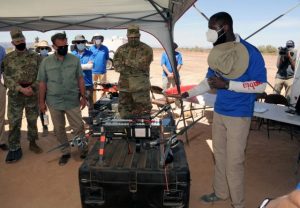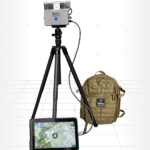
The Defense Department's Joint Counter-small Unmanned Aircraft Systems Office (JCO) tested counter-small unmanned aircraft systems (C-sUAS) from Aurora Flight Sciences, ELTA North America, and XTEND during its first semi-annual demonstration at Yuma Proving Ground in Arizona, the JCO announced on April 14. The tests took place from April 5 through 9 and included help from the Army Rapid Capabilities and Critical Technologies Office, according to the JCO. This first test was aimed at finding a low collateral effect interceptor and…











